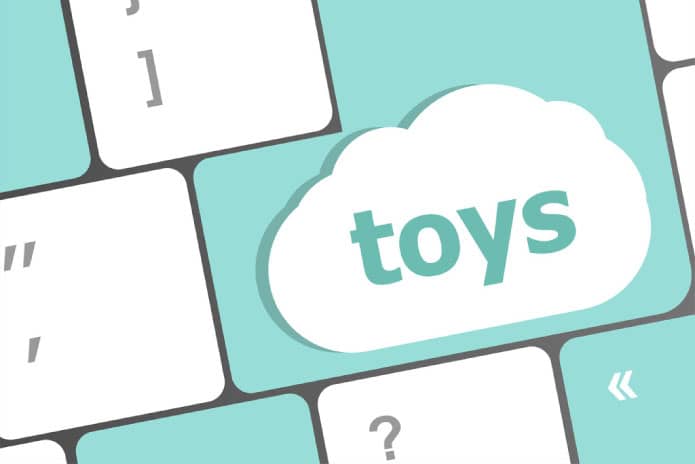The global toy market showed resilience in 2024, even in the face of a challenging economic scenario and declining birth rates. Sales in the 12 major global markets (G12), which include Australia, Belgium, Brazil, Canada, France, Germany, Italy, Mexico, Netherlands, Spain, United Kingdom, and United States, recorded a slight decline of only 0.6% compared to 2023, according to data fromRetail Tracking Service from Circana, global data tech company for analyzing consumer behavior.
After four consecutive years of increase, the average price of toys remained stable (-0.2%), reflecting a balance between consumers seeking savings and those willing to invest in higher value-added products. Among the 11 supercategories monitored by Circana, five showed growth. Construction sets led for the fifth consecutive year, with a 14% increase, followed by exploratory toys and others (+5%), vehicles (+3%), as well as plush toys, games, and puzzles, which advanced by 1%.
Although, during a year with fewer blockbuster films, licensed toys grew by 8% and came to represent 34% of the global market. This result demonstrates the ongoing appeal of classic and new franchises, as well as the strength of products aimed at the sports audience. Pokémon remained the best-selling toy property worldwide, while Barbie, Marvel Universe, Hot Wheels, and Star Wars stayed at the top of the ranking. One of the highlights of the year was the rise of the lineLEGO Botanicals, which has become the fastest growing property and reflects the trend towards adult-oriented toys, especially those that promote well-being and mindfulness.
The sales of collectibles grew by nearly 5%, accounting for 18% of the total volume and 15% of the sector's revenue. Small collectible fashion dolls, card games, and plush toys drove this growth as manufacturers updated their lines to attract fans of all ages.
For Frédérique Tutt, global toy industry consultant at Circana, toy sales in 2024 reflect a strong contrast in consumer behavior. "While some consumers made very rational decisions, buying during promotions and according to need, others clearly indulge in toys that are good for feeding their fandom or for giving themselves some rest. Sales of collectible toys have never been higher than in 2024," he analyzes.
In the United States, which account for more than half of the global industry sales, the market performed even more stably, with a decrease of only 0.3% compared to 2023, a positive result considering the sharp 7% decline recorded the previous year. Three of the 11 supercategories grew in the country, led by construction sets (+16%), driven by the lineLEGO Botanicals. Exploratory and other toys grew 10%, driven by the success of the NBA, while vehicles grew 2%, with a highlight on the lineMonster Jam.
"Toy sales experienced stabilization in 2024 as the industry shifted from a correction phase to consistency," says Juli Lennett, a toy industry consultant at Circana in the USA. "The stabilization of favorable winds, including growth in the adult toy market, helped offset headwinds with higher food prices and increased consumer debt. In 2025, I expect to see the toy industry shift from consistency to creativity. We have a stronger lineup of films, highly anticipated in 2025 and 2026, to stimulate industry growth."
"This year, we expect the global toy market to be positively impacted by box office hits and popular series on streaming platforms, continuing to feed the appetite of young and mature consumers for toys and collectible merchandise," Tutt concludes. These factors should help offset the declining birth rates in most regions and the economic uncertainty that impacts consumers' spending mindset.














